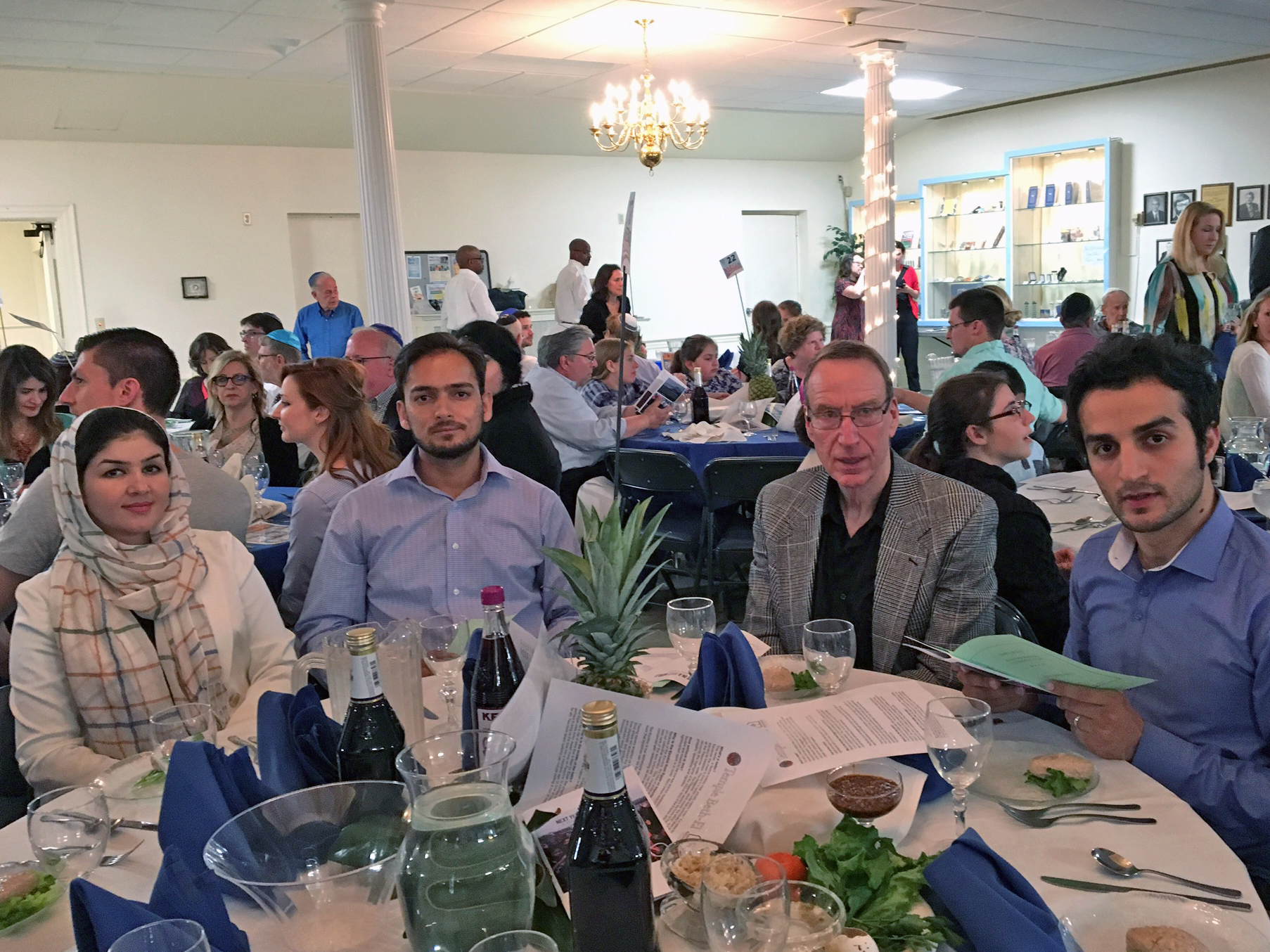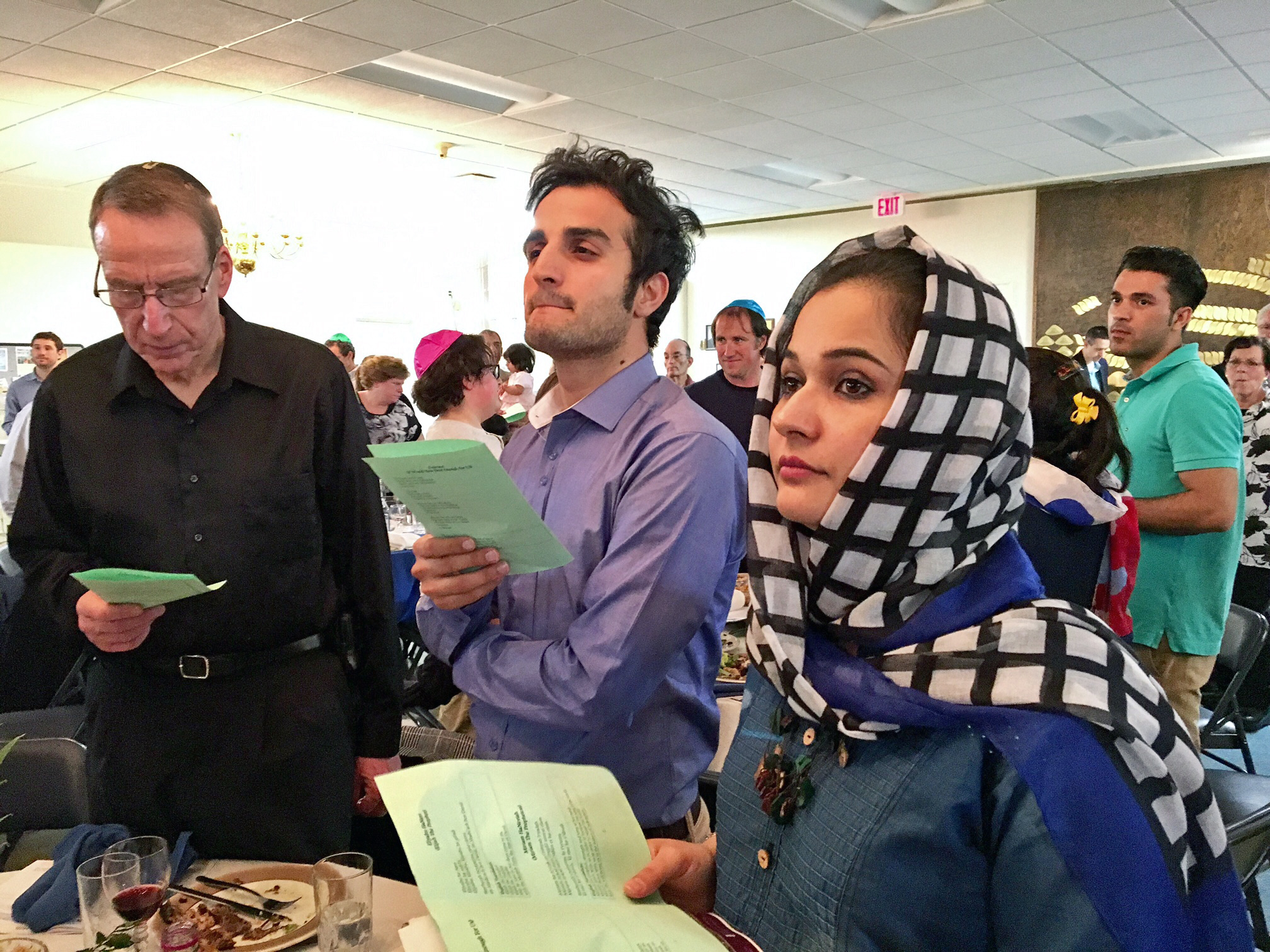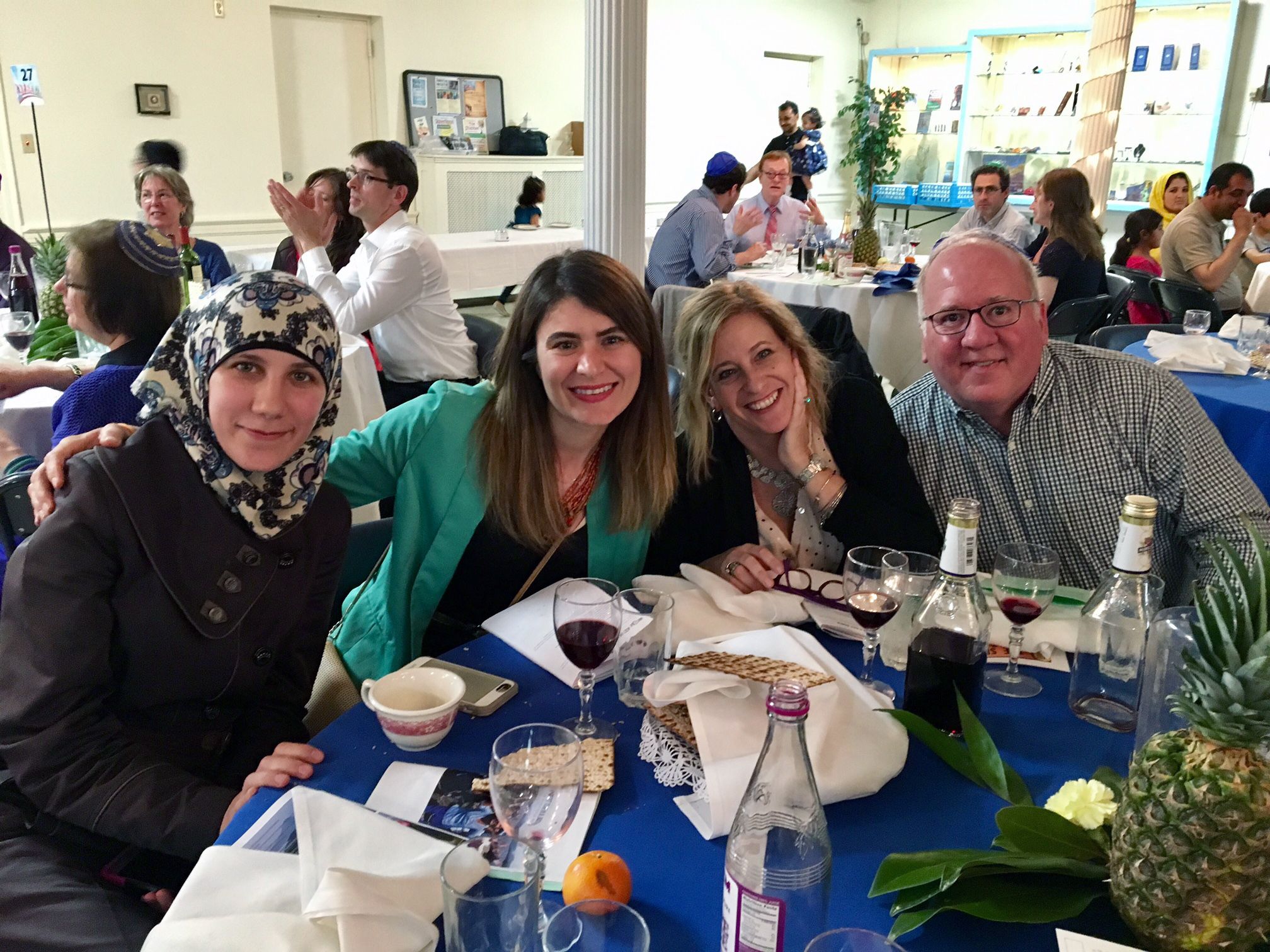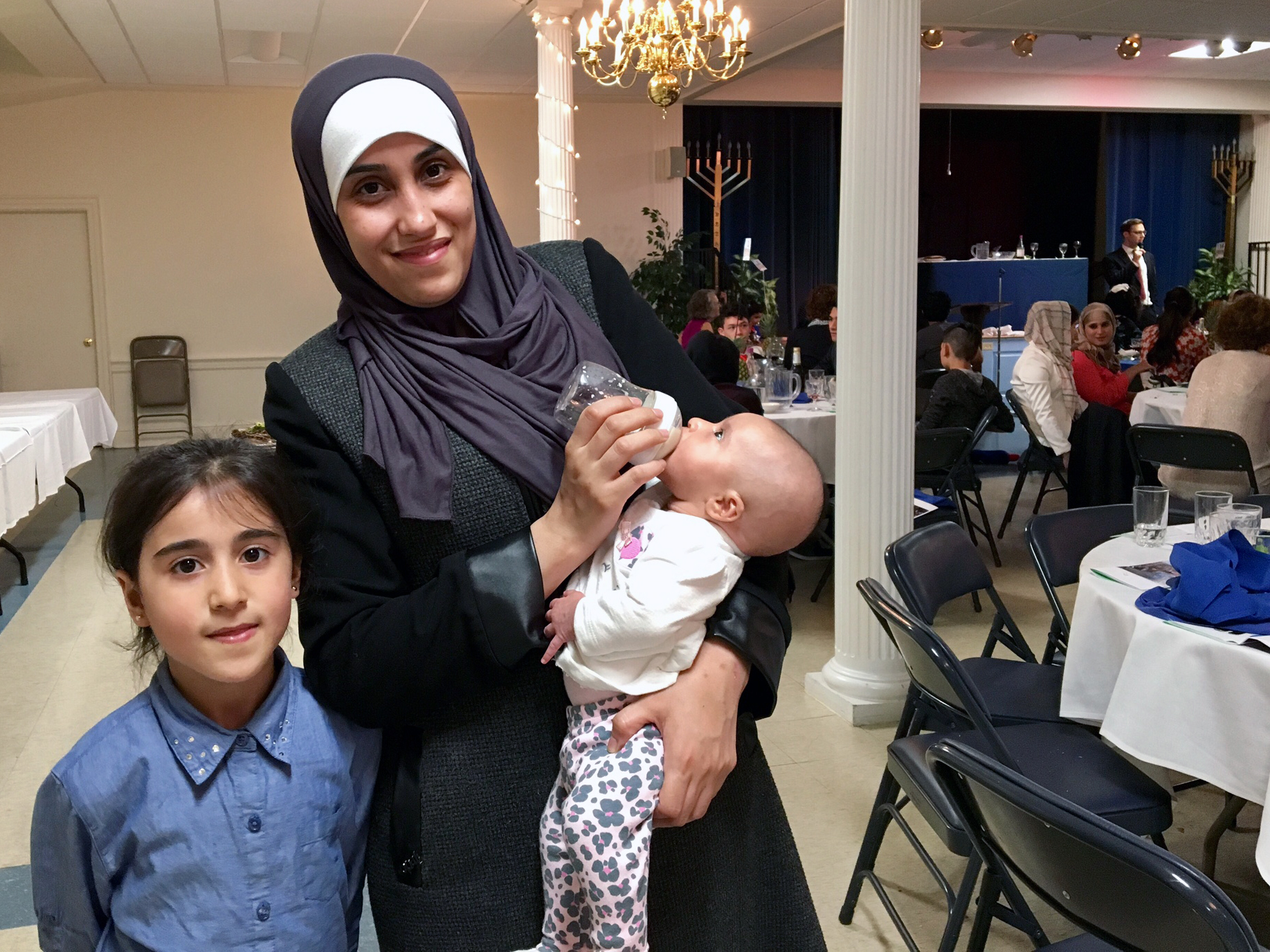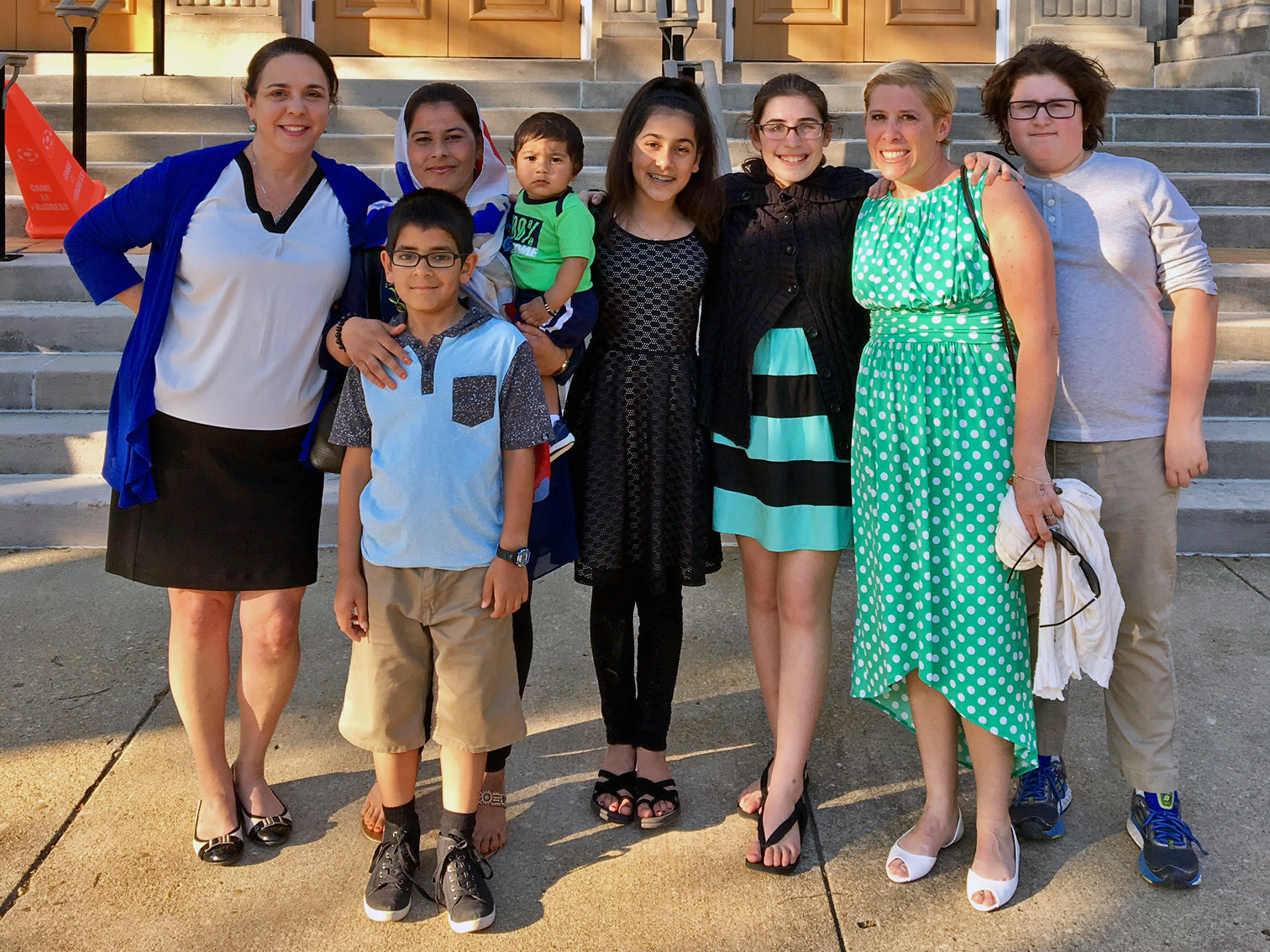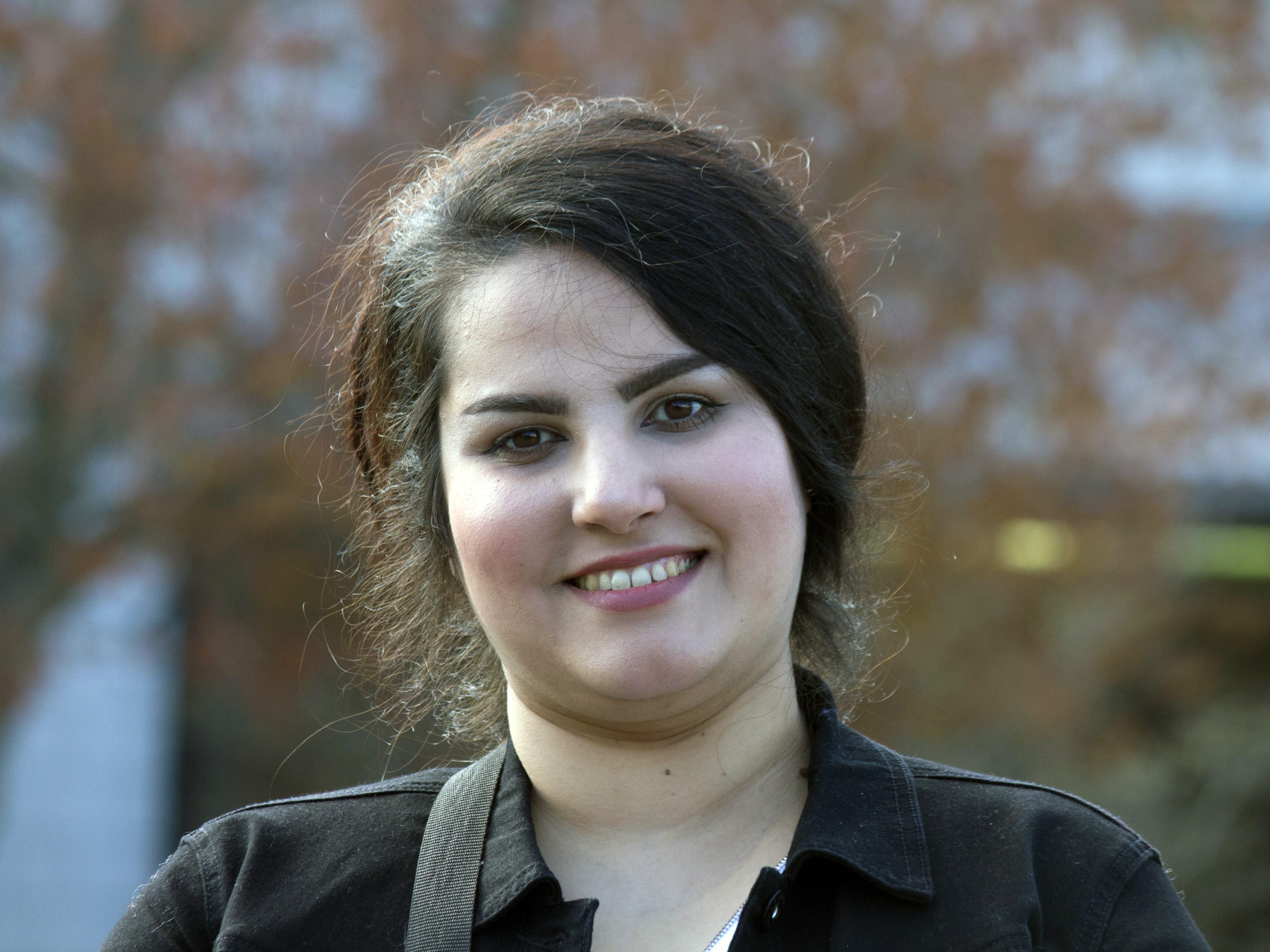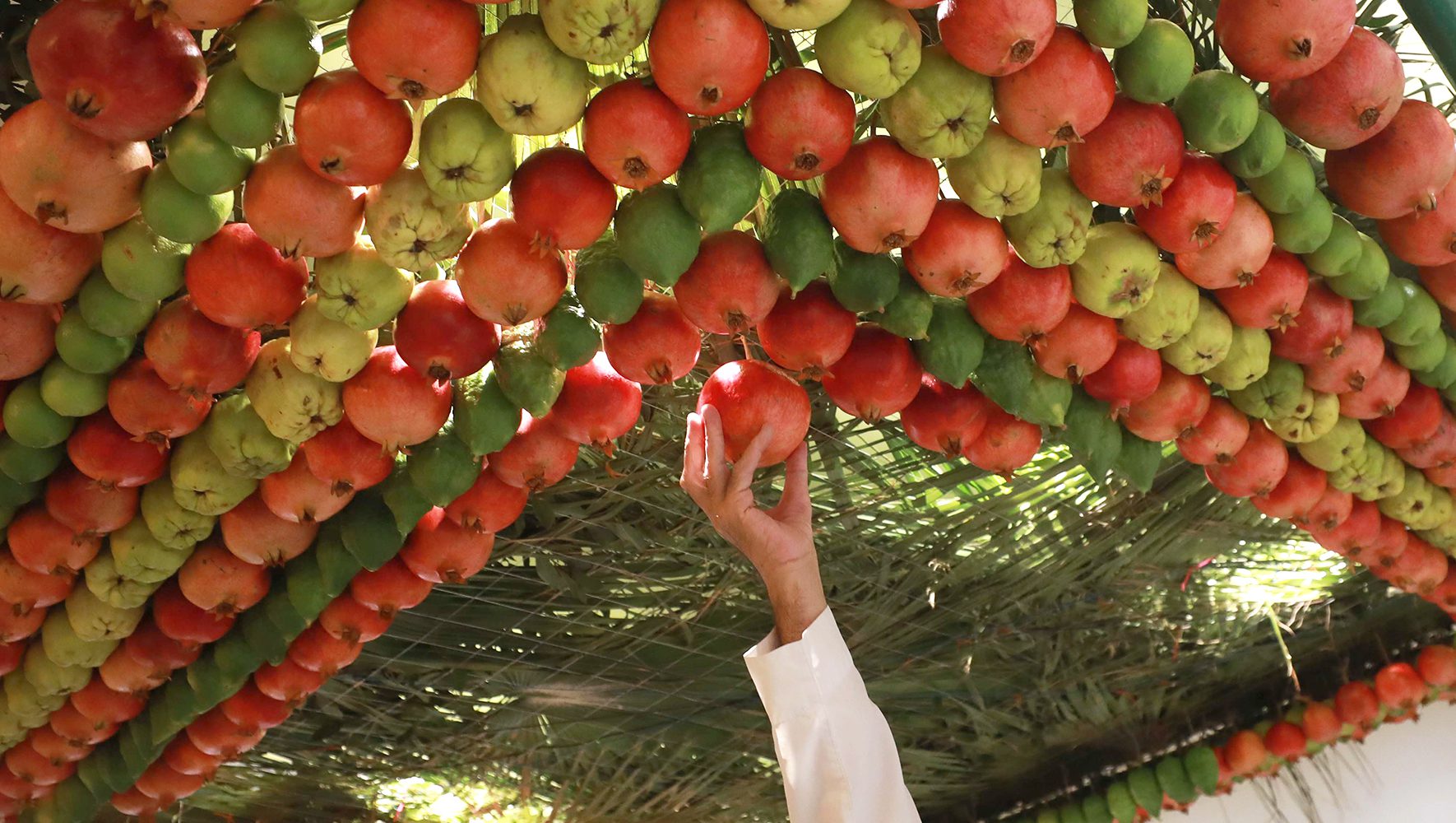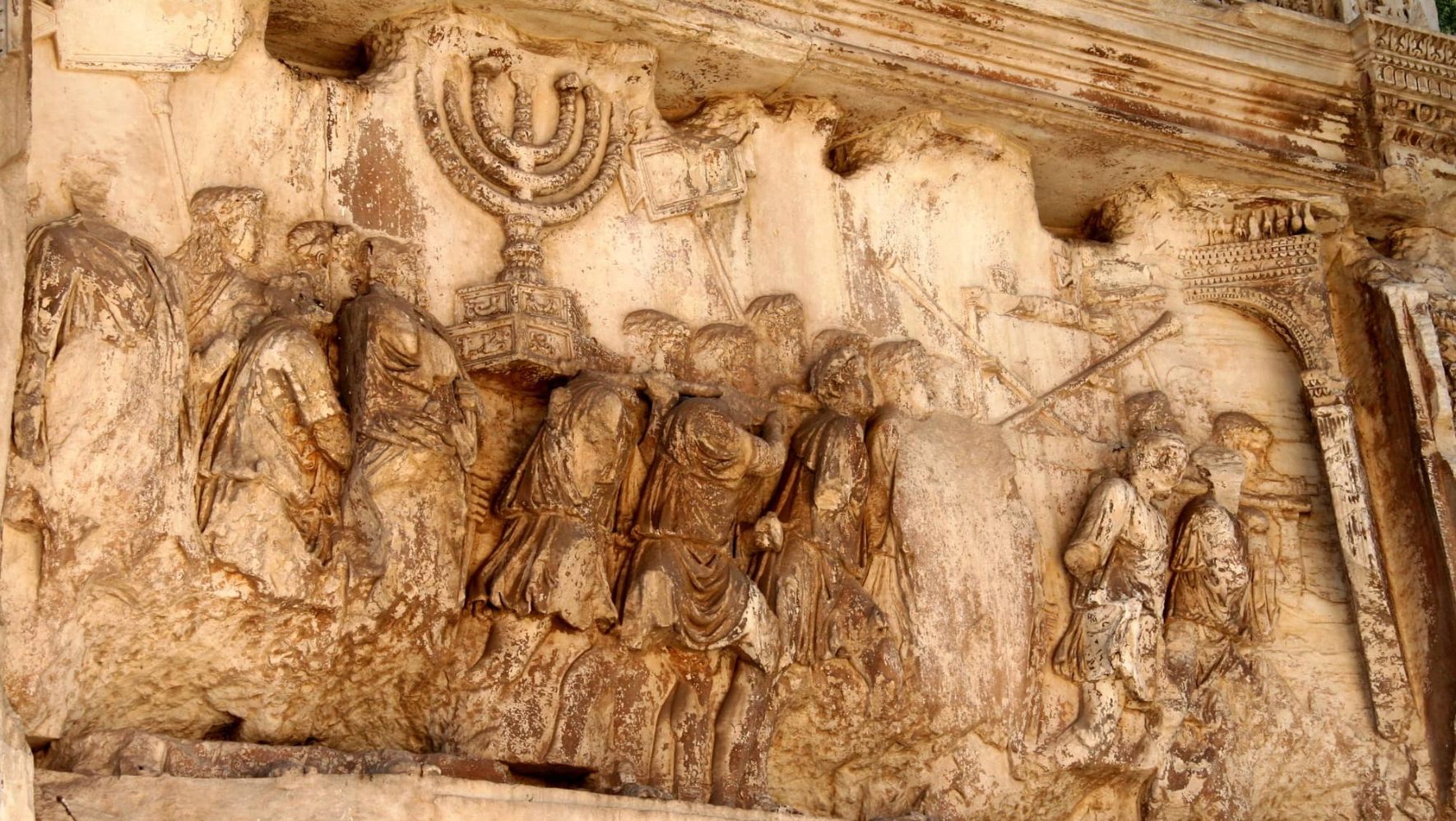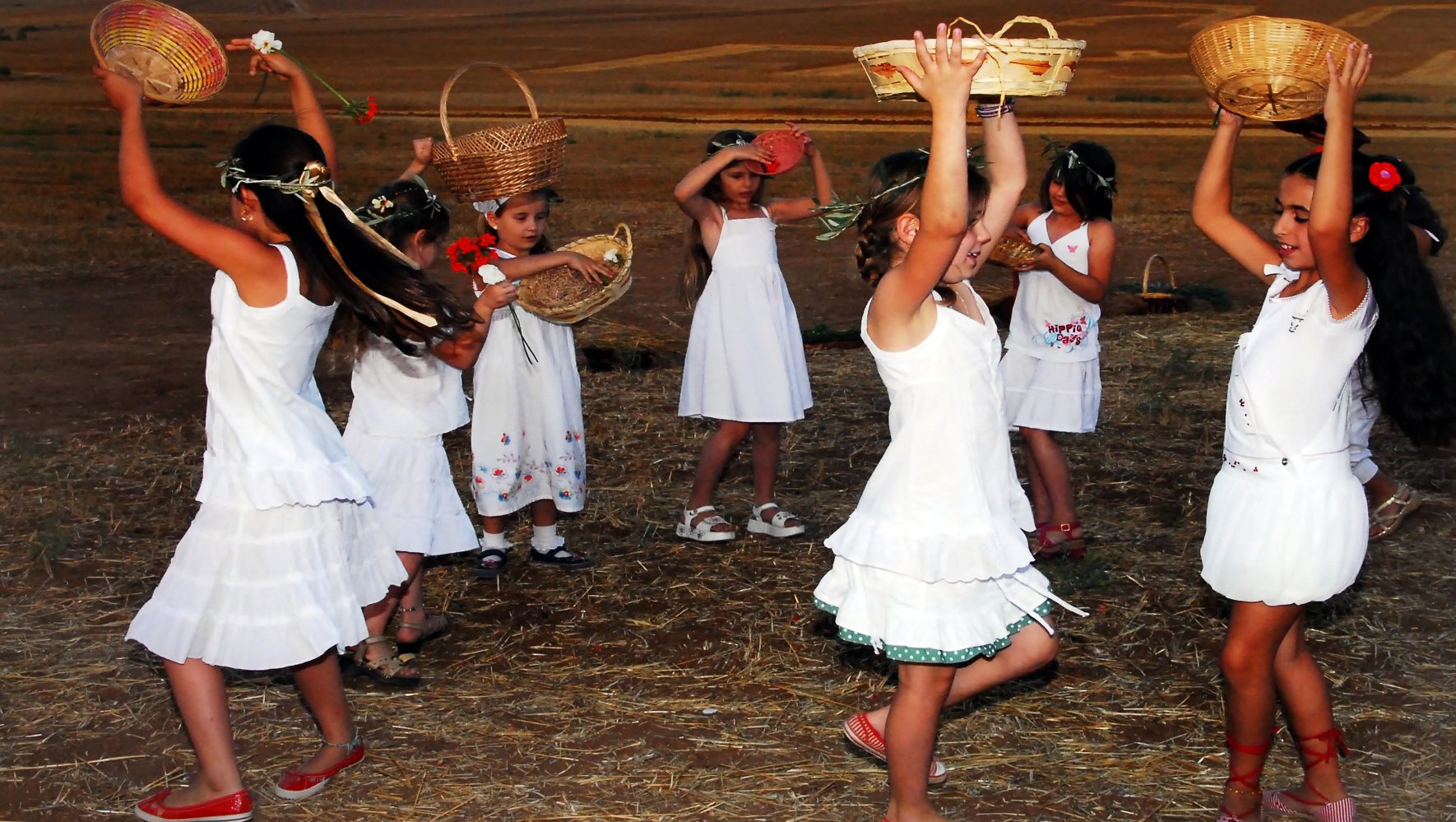Refugees Join Seder Tables Across the Country
By Rachel Nusbaum, HIAS.org
Apr 13, 2017
As families and communities across the country gathered to commemorate the journey of the ancient Israelites from slavery to freedom, the present-day displacement of more than 65 million people around the world was top of mind for many in the American Jewish community.
To help explore this theme, thousands of people used HIAS’ 2017 Haggadah Supplement to add stories of today’s refugees to their Passover Seders this week.
“As we tell the Passover story each year, we relive our own Exodus," Rabbi Jennie Rosenn, vice president of community engagement at HIAS, told NPR earlier this month.
Nationwide, Seders included today’s refugees in their retelling of the Exodus story. In addition to using the materials and rituals suggested by HIAS, many synagogues took it one step further, and invited refugees in their area to share in the festivities.
The Columbus Dispatch highlighted an effort by Congregation Tifereth Israel and US Together, our local partners in Ohio, that matched 40 refugees with hosts of Seders at 20 local homes on the first two nights of Passover.
“We need to open our homes to refugees and hear their stories,” Tifereth Israel cantor Jack Chomsky told the Dispatch.
In Manhattan, Congregation Bnai Jeshurun held a communal Seder, “which used the HIAS haggadah supplement as its guide,” according to a Haaretz report. The April 3 event drew approximately 60 participants, including three refugee speakers.
In Richmond, Virginia, roughly 30 newly resettled refugee families attended Temple Beth-El’s Seder, the Richmond Times-Dispatch reported. Abdul Jalal Hashimi, of Afghanistan, was one such attendee.
“On Tuesday, he dipped his fingers in drops of wine, symbolically mourning—along with the congregants—the millions around the world suffering ‘plagues of hatred, prejudice, baseless violence and war’,” the Times-Dispatch said.
The 200 attendees of the Richmond Seder included Jews, Christians and Muslims. Rabbi Michael Knopf asked everyone present to “imagine ourselves as though we personally went forth from Egypt…to experience being victimized because of who we are.” They were joined by refugees from Syria, Iraq and Afghanistan, for whom no imagination was needed.
Congregant Eric Futterman was particularly struck by his conversation with Nisreen Ibrahim, a refugee from Iraq who arrived in the U.S. late last year. “What is remarkable about Nisreen,” said Futterman, “is how all the violence and extremism has not swayed her from her love of humanity.”
Drawing a thread between the Jewish people’s experience of being “strangers in a strange land” and the unprecedented number of refugees fleeing conflict was a natural step to mark the Passover holiday.
“When Rabbi Knopf asked everyone who could cite stories of ancestors escaping persecution to stand, nearly everyone—Jew, Muslim and Christian—stood up,” Futterman said.
“Throughout the Jewish people’s history, we’ve been a refugee people,” Rabbi Rachel Grant Meyer, education director for community engagement at HIAS, told WAMU. “When we lift up their stories, we enrich our own remembrances.”
Did you use HIAS’ supplement to expand your Seder this year? We’d love to hear about it. Share your stories (and photos) with us via email (Gabe.Cahn@hias.org) and we’ll repost a few of our favorites.
